The typical American family starts the day with the common routines, and then family members split as they go their separate ways, to school, work, or just to run daily errands.
Did you ever stop and think about how you would get in touch with your loved ones and bring them together when the brown stuff hits the fan?
Building a family escape plan sounds complicated for those who just started wrapping their heads around emergency preparedness while for the rest, is something that “they don’t really need.” Regardless if you are a prepper or not, a family escape plan is something every family should have in place.
Click here to get your guide to a layered survival defense!
It doesn’t matter the distance that separates you during the day or the gravity of the event that may or may not hit your region; we should all have a family reunification plan. You need to get your family together as soon as possible during a crisis.
The main thing you need to remember when building such a plan is that not all families are alike. You may have small children; others may have kids in three different schools, while others may not have children at all. Not to mention that the environment where families live and work can be different too.
Big or small, urban or rural family, it really doesn’t matter as the goal is the same. You need to bring everyone together and keep them safe regardless of family size, type or environment. As you will see, there are a few elements that are common for every family escape plan.
Before going into details, the main rule to keep in mind is that every plan (just like any major project in your life) needs to have leadership, disciplined direction and practice to work as you intended. You will need to talk with your family members as you put the plan together and cover all the details of said plan.
Don’t leave your kids aside and make sure to involve your older ones since the planning and practice parts are crucial steps. If you have children in school, you must be aware of how the system works, and you should acknowledge that the school is charged with the physical safety of your children. You can do an assessment of the school to make sure they have a shelter in place and adequate evacuation plans. By knowing what safety measures they have in place, you will be able to incorporate them into your family escape plan.
Locate and evaluate
The first thing you have to do is evaluate the area where your family members spend most of their day. Be smart about it and don’t assume they will stay put in one place all day long. Maybe your kids like to spend some time after school in a nearby park, a local game arcade or other entertainment areas. How about your wife? She must have one or two places where she enjoys eating her lunch or get some time off for herself. Make sure you include these places in your plan.
You can evaluate these places by looking at the city map from a satellite view (like Google maps), and you can explore them in person, on foot. Each area can have danger zones that need to be avoided. For example, there could be densely populated areas which may carry unforeseen dangers and will make it difficult for you to locate your family, or for them to evacuate.
There could also be various obstacles, both natural and man-made, that can channel your movement into a particular direction and overall, limit your options. Look out for highways, rivers, and other elements that will bottleneck your movement.
The next thing you need to do is locate multiple safe zones where your family could reunite or shelter in place if evacuation is not possible. In certain cases, you may want your family to shelter in place before getting to a rallying point or until you are able to reach them. The best safe zone you may assign is the home of a friend or relative. Other than that, a local library, restaurants, and even a church can be good safe zones, depending on the type of emergency that occurred. It all comes down to common sense here.
Regardless of the designated locations, there are a few things that said safe zones should have. Things such as free WiFi, multiple exits, food and water, TV to stay updated on the developing scenario and various resources such as food, water, and first aid kits.
Staying in charge
As the main leader, you should direct your loved ones on how to implement the escape plan. Explain and agree on the route you want them to follow to reach home safely. If evacuation is not possible, explain which safe location you want them to go to and the order to do so (maybe your first safe zone of choice can’t be reached). Also, tell them where you want them to wait for you in case they are located in a different area.
Every family member should have a small get home bag with them. It can be stored in the car, a school locker, or somewhere accessible. Make sure the packs contain some cash, a card wallet with addresses, phone numbers, radio frequencies, and other information needed for communication. The packs should also have a one-day supply of water and food, maps of the area, a flashlight, a small first-aid kit, a lighter and a walkie-talkie.
Think of the communication items in the get home bag as the backup solution to their smartphones. Communication will be key in bringing everyone together, and the best suggestion I can give is to get a good pair of recreational walkie-talkies. A two-way radio communication will work great as long as you take into account a few things. Clear communication between operators depends on the distance between the radios, the type of terrain, and the line of sight to the distant radio. There also may be radio interference that may prevent you from communicating with your loved ones. To avoid such interferences, you should transmit away from high power lines and built-up urban areas (if possible).
When a disaster hits, the time it takes you to make contact is critical. The first communication attempt should come as early into the crisis as possible. Text messages might be a good solution since they require less bandwidth to go through. Keep it simple and to the point. Something like “I’m safe, heading to the X safe zone.” The text messages can contain more details, but they should be sent if time is available and if cell towers are not jammed. Don’t waste valuable time and put your family escape plan in action.
It’s all about practice
The pre-disaster practice is often ignored, and once people are building their family escape plan, they assume the job is done. Without practicing, you won’t know if all you worked for will have a positive outcome. Here are a few things you can practice before an emergency arises.
Check and improve your communication plan
Go to the different designated safe areas and log into the WiFi hotspots. Save the credentials so that your smartphone can connect to their network automatically. Places offering free WiFi rarely change their passwords, and that will save you time when people start panicking. Make contact via all the available means (email, Facebook messenger, Whats App, etc.) and establish a series of messages to exchange with your family members when the time comes.
Practice evacuation
An evacuation phase includes three stages: crawl, walk, and run. While the crawl phrase would be required in specific cases and there’s not really a realistic practice you can do, the other two can be easily practiced. For the walking phase, go slowly with the kids as they walk from their main location to the first safe zone. As you walk together, point out things that they may not be aware of (obstacles, alternative routes, gathering social points of interest, etc.). You should take note of the time it takes everyone to get to their safe zones and also include re-routing possibilities.
For the run phase, you can practice during the day, but also during the night. Try to do so with little or no communication. It is the best way to discover problems that can arise, and you can address them now when everything is in order.
Analyze the progress
This is an important step, and you need to check if your loved ones can follow instructions to the letter, what their walking/running time is, how well they can communicate, and overall, who is the “weakest link.”
You will need to evaluate them after each phase and provide encouragement where is needed. This requires a lot of time and patience, but most importantly, you need to be honest with yourself and with your loved ones. If you manage to do so, you will be able to improve the areas that need improvement.
Decide now, before it hits the fan
You need to decide if you will try to reach your loved ones or if you want them to reach you or a safe zone, or perhaps a combination of both. This could be decided now, pre-disaster and most folks will do so during the planning phase. However, depending on the emergency, you will have to face, and how it unfolds, you might want to have to rethink your initial position.
If communication doesn’t take place, there should be no panic, and everyone will have to execute the plan, the one you have been practicing. The practice drill should be conducted from your home (since a disaster can hit when you are all at home) and from everyone’s area (work, study, etc.).
Getting out safe and sound
When the disaster strikes, everyone should execute the plan with calm. They should stay confident and focused on completing their part of the family escape plan. If any of your family members will let fear and panic set in, their judgment will get clouded. A panicked person will make mistakes, and one requires a certain mindset to face a survival situation.
When it comes to children and young adults, it takes a lot of work to make them understand why your family is planning for emergencies. You need to be open and honest with them, and most importantly, you need to include them in your prepping plans. No matter how complicated a topic or project may seem, make your family work as a team, and let them know how important their role and dedication is to the well-being of the entire family.
When it hits the fan, everyone should stay alert to their surroundings. Most importantly, they should be aware of any changes that the developing emergency may arise, leading to the abandonment of their mission, re-routing or improvisation (as a last resort).
Keeping your emotions under control is a hard thing to do when you don’t have your loved ones around you during an emergency. It may be even harder for your loved ones. Even though there is an escape family plan in place and everyone knows what to do, that doesn’t mean they shouldn’t think for themselves during an emergency.
The plan you settle on should give your family members some sort of flexibility, and the decision-making process shouldn’t require your approval. There may be unforeseen changes in the plan or dangers that would make them change the route to the safest location. They should be able to act without having to check with you. Not giving them enough flexibility will eventually dull their survival mindset, and all your work will be for nothing.
Conclusion
You don’t have to be a prepper to think of the safety of your loved ones. In our country, where natural disasters have become common occurrences, everyone should be able to reunite their family safe when disaster strikes. A good family escape plan should contain escape routes (main and secondary), enough resources for everyone, and on-the-field evaluation and practice.
Think of it like this, your family should be able to follow the plan, but they should be able to make it on their own if they are forced to do so. In the end, you are not training them to just follow instructions, you are training them to survive.






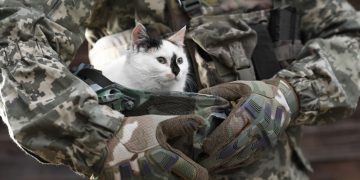





















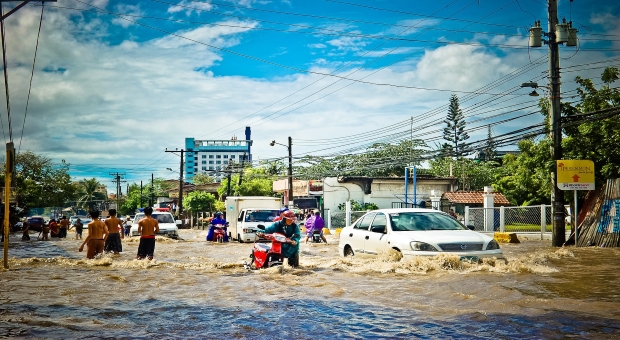

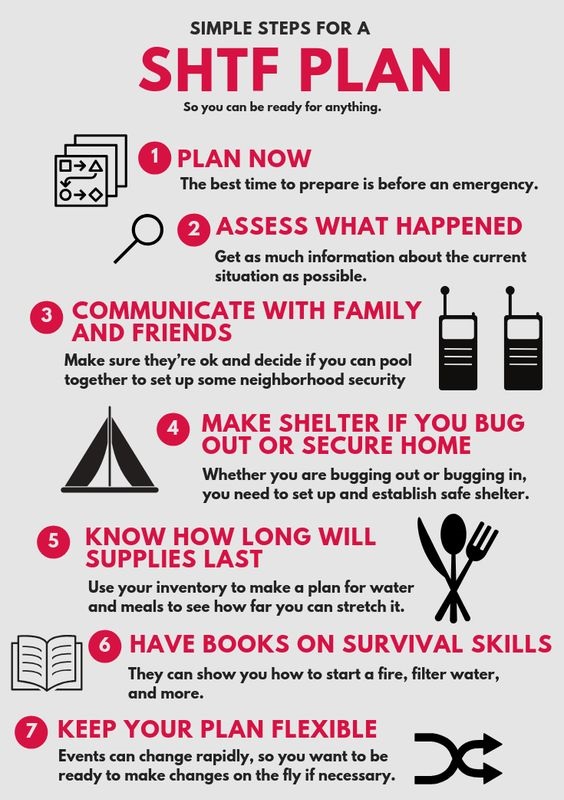
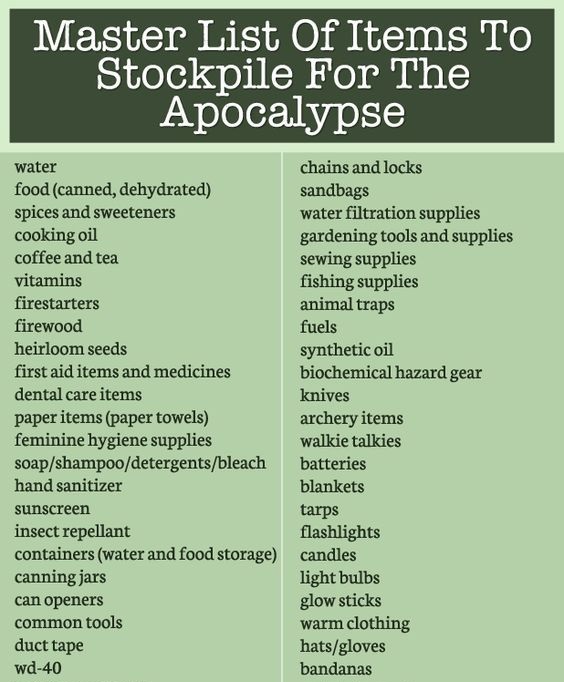












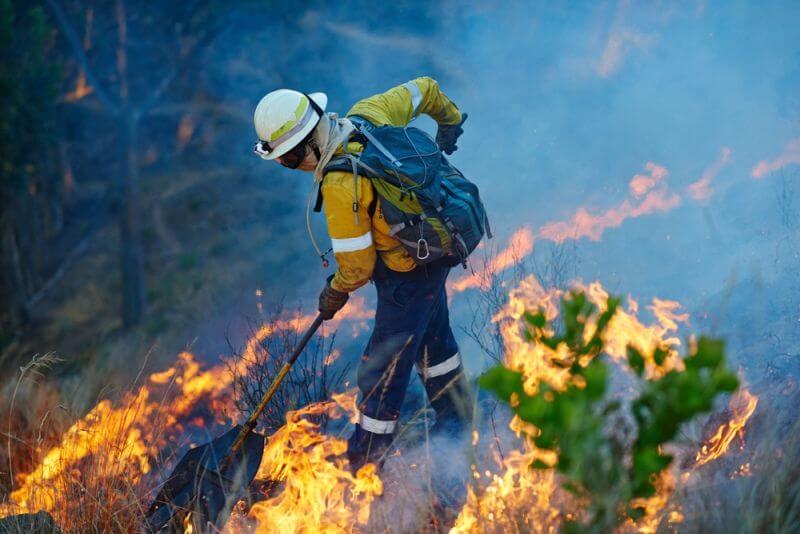
















































A lot of good thoughts! As I read I was wondering, in an EMP situation, how would one communicate a need to change location?
Also got me thinking . . We are in the process of moving. The new home site will be better for us but what if something hits before we’re resettled or partially moved? Yup, a lot to think about . . and rethink